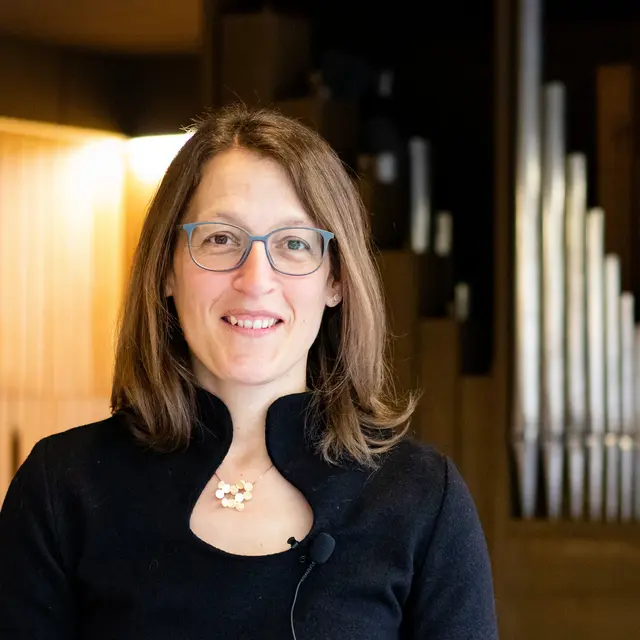Every fifth choir still has not taken up its rehearsals again. In addition, in the area of young talent, it is often necessary to rebuild ensembles that were unable to win children and young people as members due to the pandemic. The results of the new online survey have now been published in the current issue of the magazine "Neue Musikzeitung" (nmz). As in the last survey, co-authors of the study are church music director Tobias Brommann (dramaturge of the Europa Chor Akademie Görlitz), Prof. Jan Schumacher (university music director, Goethe University Frankfurt/Main) and Ester Petri and Dr. Johannes Graulich, who head the Stuttgart-based Carus publishing house, a leader in the field of choral music. New to the survey team is Susanne Lotter (KU student in the Bachelor’s program in "Applied Musicology and Music Education").
Declining membership, financial worries and problems in finding young members – these were the central findings of the first wave of the survey for the ChoCo study ("Choirs in corona times") dated March 2021. At the time, Professor Schlemmer and her co-authors were particularly concerned about the junior members because this group is subject to a greater fluctuation than choirs with adults anyway. "In terms of membership numbers, we witness a slight stabilization in that fewer choirs than in 2021 reported having no members left at all. This also applies to children's and youth choirs, although their situation in the second year of the pandemic is worse than that of all the choirs surveyed", explains Professor Schlemmer. However, this finding was subject to the reservation that choirs that are still without members in the second year of the pandemic may not have participated in the survey again. While there were more than 4,600 responses to the survey in 2021, the researchers counted about 1,000 participants this time. Professor Schlemmer explains: "On the one hand, this could be because media coverage in the spring of 2022 was less focused on corona in light of the Ukraine war, but on the other hand, it could also be an effect of repetition, since the main problems were already named in the first survey."
![[Translate to Englisch:] Chorsängerinnen und -sänger](/fileadmin/_processed_/8/9/csm_Chorstudie_Domchor2022_f9c417ab20.webp)
